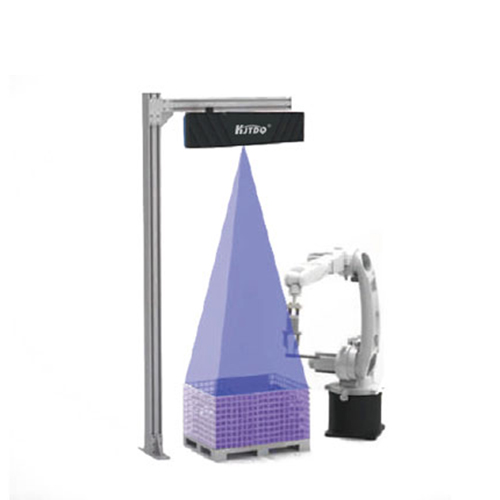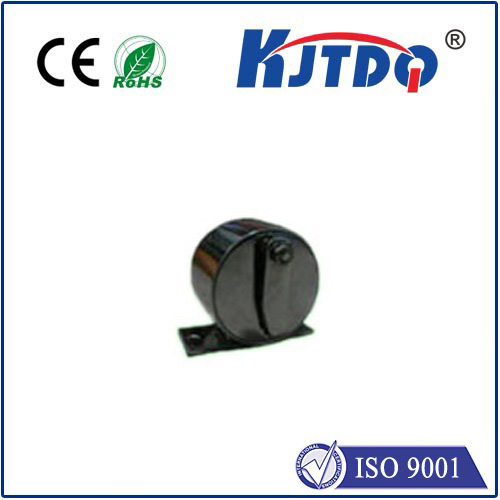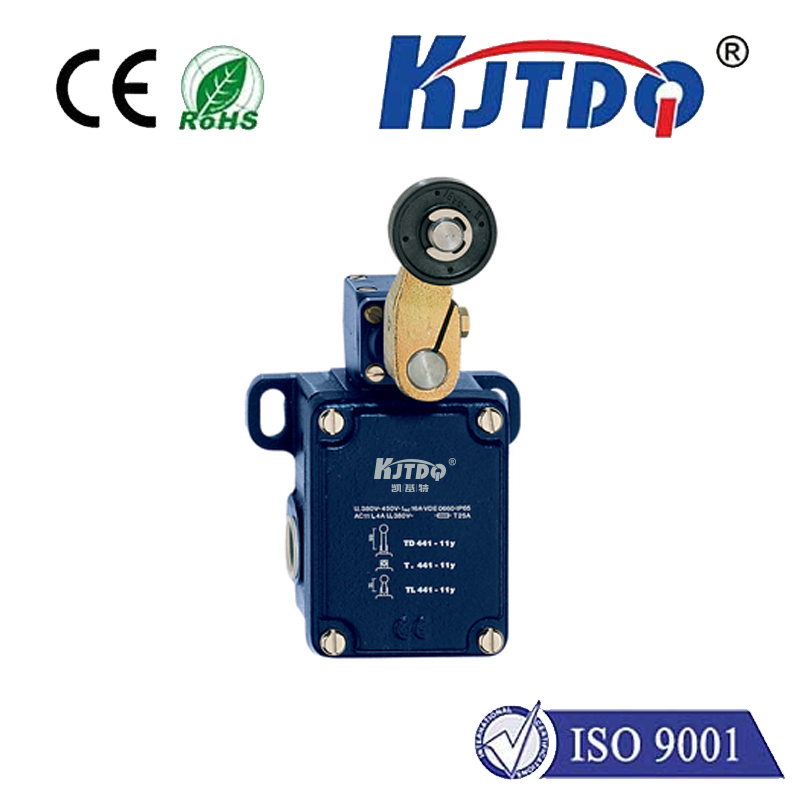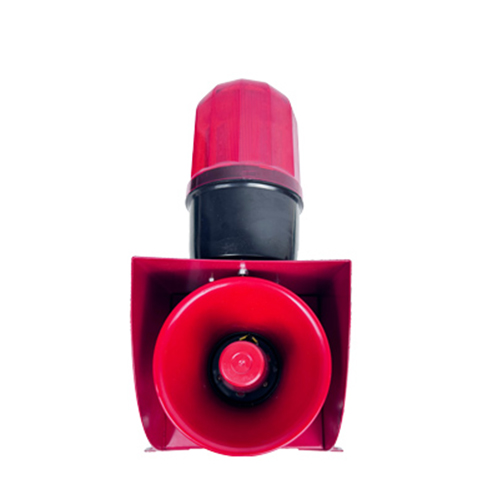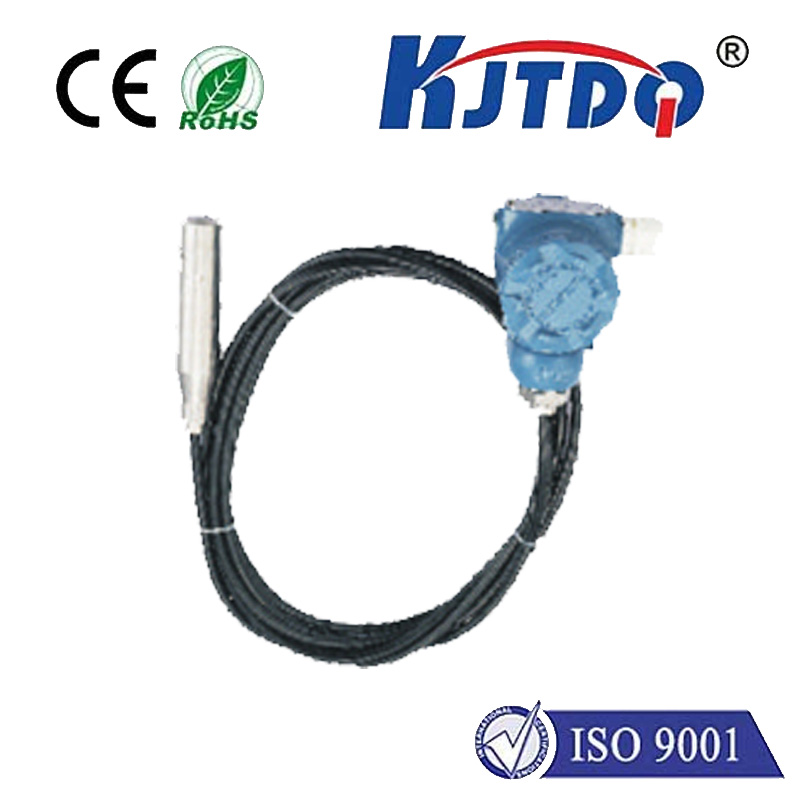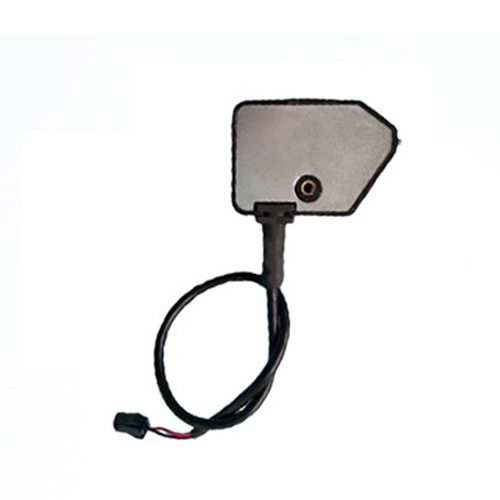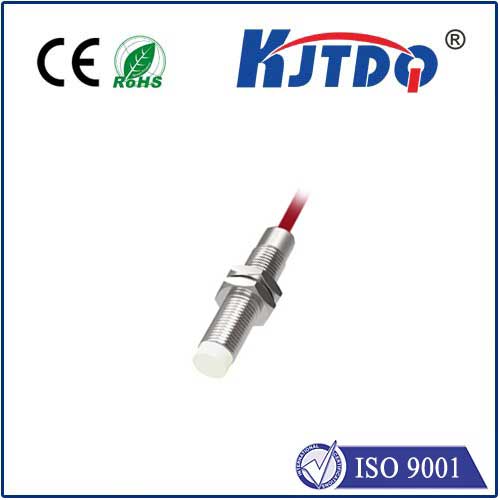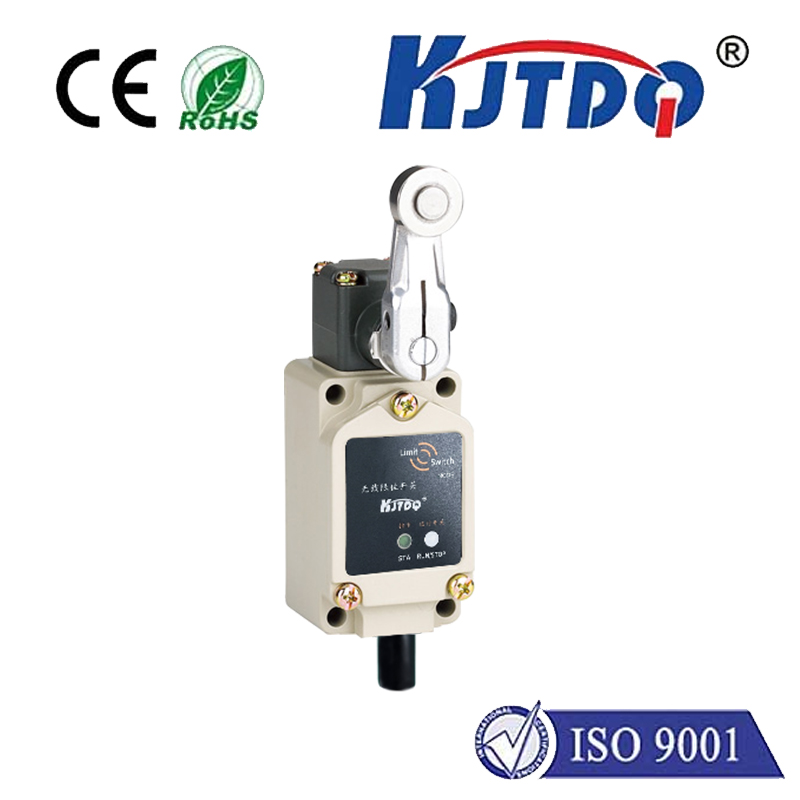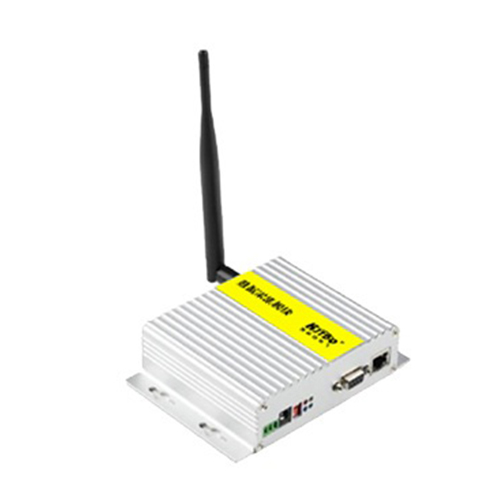cnc proximity sensor
- time:2025-06-16 16:28:01
- Click:0
CNC Proximity Sensors: The Silent Guardians of Precision and Productivity
Imagine a high-speed CNC milling machine ruthlessly carving a complex aerospace component from a block of titanium. Spindles whirl, coolant sprays, and cutting tools move with micron-level precision. Suddenly, a tool holder vibrates loose mid-operation. Without intervention, the expensive tool crashes into the workpiece, potentially causing thousands in damage and hours of costly downtime. This catastrophic scenario is precisely the nightmare CNC proximity sensors are designed to prevent. Acting as the machine’s vital senses, these unassuming electronic components are fundamental to modern, reliable, and efficient Computer Numerical Control (CNC) machining.
At their core, CNC proximity sensors are non-contact detection devices. They monitor the physical environment around the machine tool – the position of tools, the presence of parts, the state of guards, or even the approach of moving components – without needing physical touch. This non-contact sensing is crucial in the harsh, high-vibration, and coolant-laden world of CNC machining, where traditional mechanical switches would quickly fail or introduce inaccuracies. By emitting a sensing field (electromagnetic, electrostatic, magnetic, or optical), these detectors react when a target object enters their specific detection zone.
The Workhorses: Common Types & How They Operate
Several types dominate the CNC proximity sensor landscape, chosen based on the target material and application:

- Inductive Proximity Sensors: The absolute stalwarts in machine tool environments. They generate an oscillating electromagnetic field. When a metallic target (like steel, aluminum, brass) enters this field, it induces eddy currents on the target’s surface. This changes the sensor’s oscillation amplitude or frequency, triggering a solid-state switching output. Immune to dust, dirt, oil, and coolants, they are perfect for detecting:
- Tool presence/breakage in automatic tool changers (ATC).
- Part presence/position on fixtures or conveyors.
- End-of-travel limits for slides and axes.
- Spindle orientation confirmation.
- Capacitive Proximity Sensors: These work by sensing changes in capacitance. The sensor forms one plate of a capacitor; the target (or even the surrounding environment) forms the other. When a target (metal, plastic, wood, liquid, powder) enters the sensing field, it alters the capacitance between the plates, triggering the output. Their ability to detect non-metallic objects makes them valuable for:
- Detecting plastic or composite parts.
- Monitoring fluid levels in coolant tanks.
- Sensing presence of non-metallic fixtures or guards.
- Magnetic Proximity Sensors: These specifically detect permanent magnets. Commonly used as cylinder position sensors on pneumatic or hydraulic actuators within the machine (e.g., confirming clamp open/close states). They are reliable, simple, and often used where other sensors might struggle with metallic debris.
Why CNC Machines Can’t Thrive Without Them: Tangible Benefits
Integrating proximity sensors into CNC operations delivers concrete advantages that directly impact the bottom line:
- Crash Prevention & Collision Avoidance: This is arguably their most critical role. Sensors confirm tool presence before a machining cycle starts, verify tool length after a change to prevent plunging too deep, and detect unexpected obstacles in the machine envelope. A single prevented crash can save tens of thousands in tooling and part damage.
- Enhanced Precision and Repeatability: Sensors ensure components like chucks, clamps, or slides are in the exact required position before machining begins. They enable precise tool setting, part probing, and workpiece alignment, guaranteeing consistent part quality run after run. This process control is vital for meeting tight tolerances.
- Increased Automation & Uptime: Proximity sensors are the backbone of automated processes. They enable reliable part loading/unloading verification, confirm fixturing status, and signal the completion of operations, allowing sequences to proceed smoothly without manual intervention. This maximizes machine utilization (uptime) and enables lights-out manufacturing.
- Reduced Downtime & Predictive Maintenance: By reliably detecting tool breakage or wear (via tool presence/non-presence or specialized tool monitoring sensors), they prevent a broken tool from ruining a part or causing secondary damage. Monitoring positions can also signal misalignment or wear before catastrophic failure.
- Improved Safety: Sensors ensure safety guards are closed, access doors are secured, and personnel are safely outside hazardous zones before machine motion commences, meeting critical safety standards.
Choosing the Right Sentinel: Key Selection Factors
Selecting the optimal CNC proximity sensor isn’t arbitrary. Consider these crucial aspects:
- Target Material: Metal? Inductive is likely best. Non-Metallic/All Materials? Capacitive is required. Permanent Magnet? Magnetic is the choice. This is the primary filter.
- Sensing Distance: The nominal range the sensor can reliably detect the target. Choose one with sufficient range for the application, factoring in some margin for variation and mounting constraints.
- Environment: CNC environments are brutal – vibration, cutting fluids, metallic chips, temperature swings. Sensors must have a high Ingress Protection (IP) rating (like IP67 or IP69K) to withstand washdowns and dust/chips. Temperature resistance specifications must match the machine’s operating range. Shielded (flush mountable) sensors are vital in tight spaces surrounded by metal to prevent false triggers, whereas unshielded types offer longer sensing ranges when space allows.
- Output Type: PNP (Sourcing) or NPN (Sinking) transistor outputs are standard. Match the output type to the CNC control’s input requirements. Normally Open (NO) or Normally Closed (NC) contacts define the switching logic.
- Mounting & Size: Physical constraints within the machine tool dictate the sensor’s housing style (cylindrical, block, etc.) and dimensions. Robustness is non-negotiable.
- Response Frequency: How quickly can the sensor react? High-speed applications (e.g., detecting teeth on a rotating gear) demand sensors with very high switching frequencies.
Beyond Basic Detection: Integration for Intelligence
Modern CNC proximity sensors are increasingly sophisticated. IO-Link communication capability transforms them from simple switches into smart devices. Through IO-Link, sensors can provide diagnostic data (health status, temperature), process data (exact target distance within their range), and allow remote parameterization. This feeds valuable information into the CNC or higher-level Manufacturing Execution Systems (MES) for predictive maintenance and deeper process optimization.
The Indispensable Element
From preventing catastrophic tool crashes to enabling intricate automated sequences and ensuring micrometer-level precision, CNC proximity sensors are far more than simple switches. They are the essential, non-contact guardians of safety, efficiency, and quality in modern machine shops. Their continuous, reliable operation underpins productivity and profitability. Choosing the right sensor, tailored to the specific material, environment, and functional requirement, and integrating them effectively into the CNC control system, is a foundational step in achieving truly robust, high-uptime, and high-precision machining operations. In the relentless pursuit of manufacturing excellence, these silent sentinels remain indispensable.






